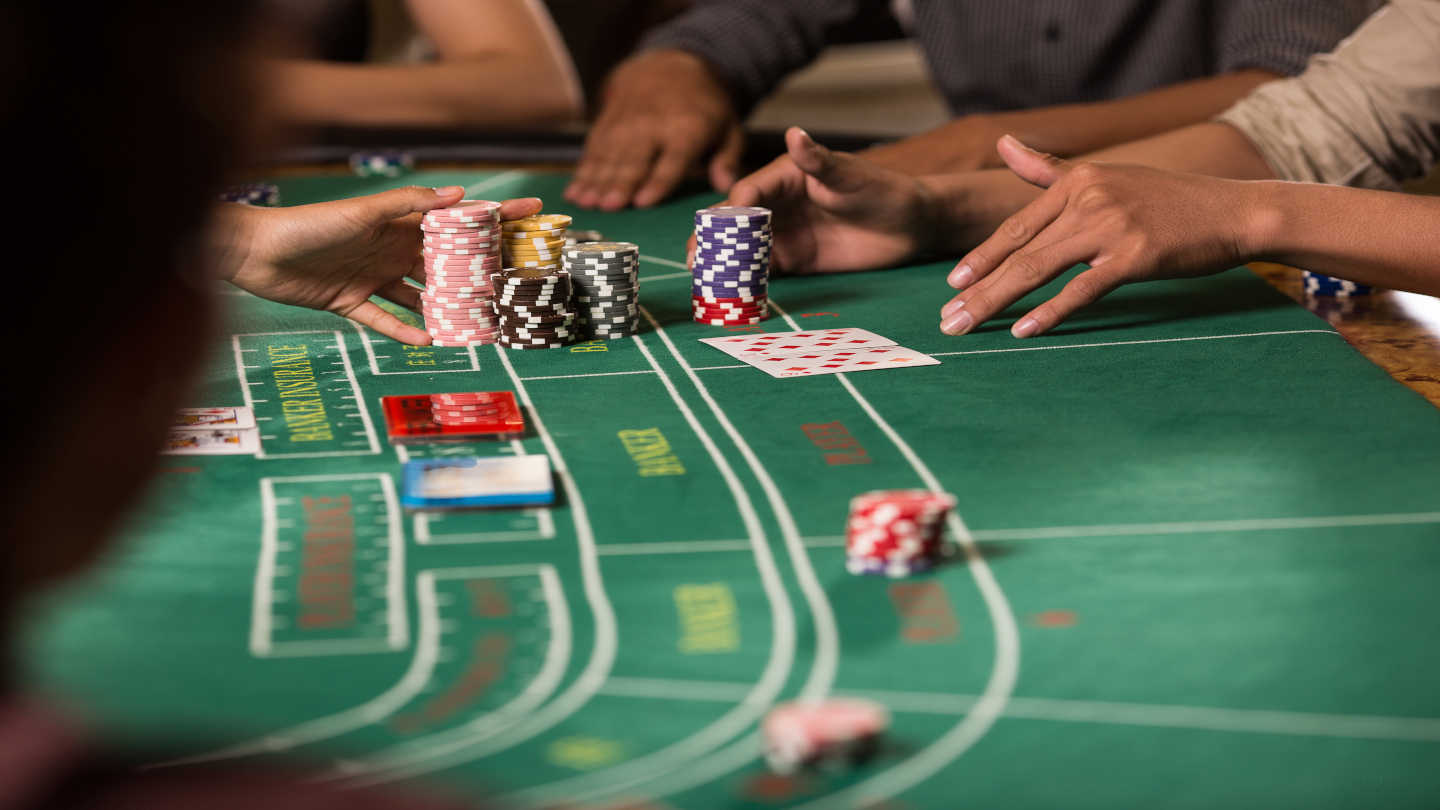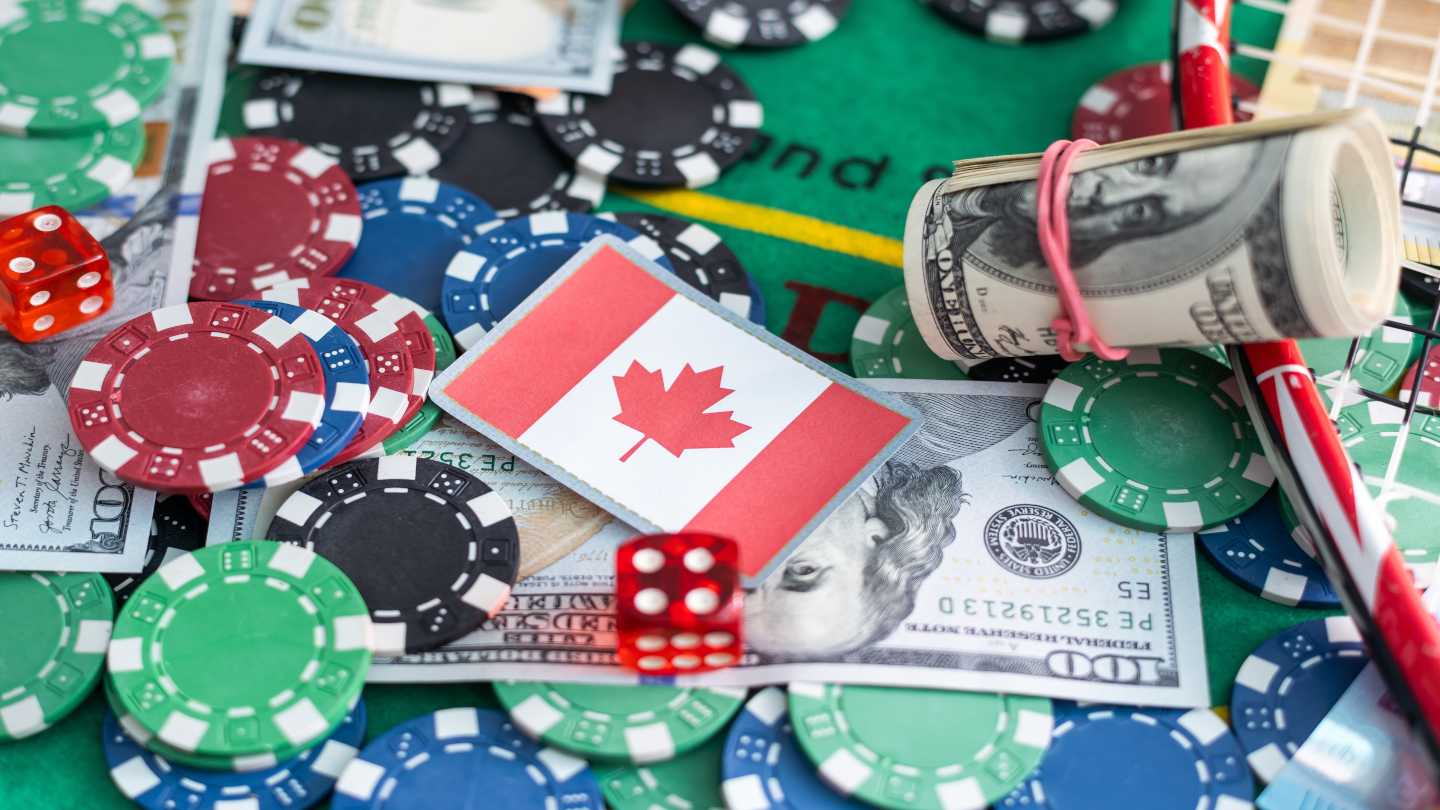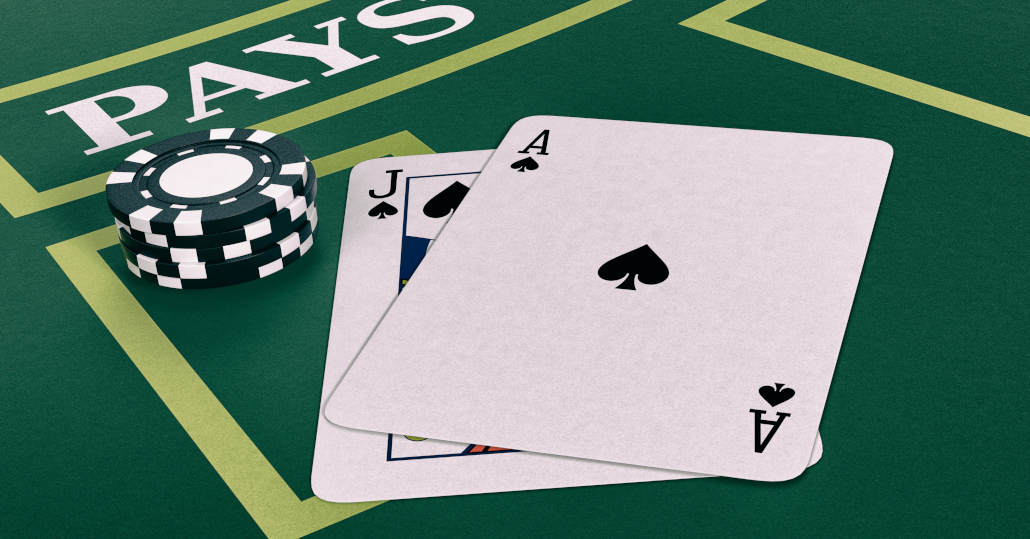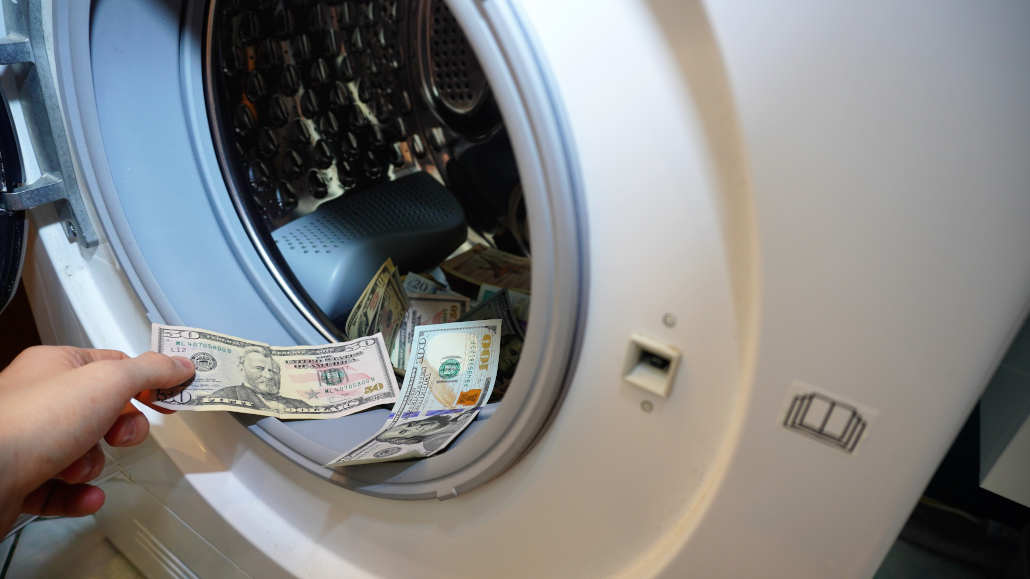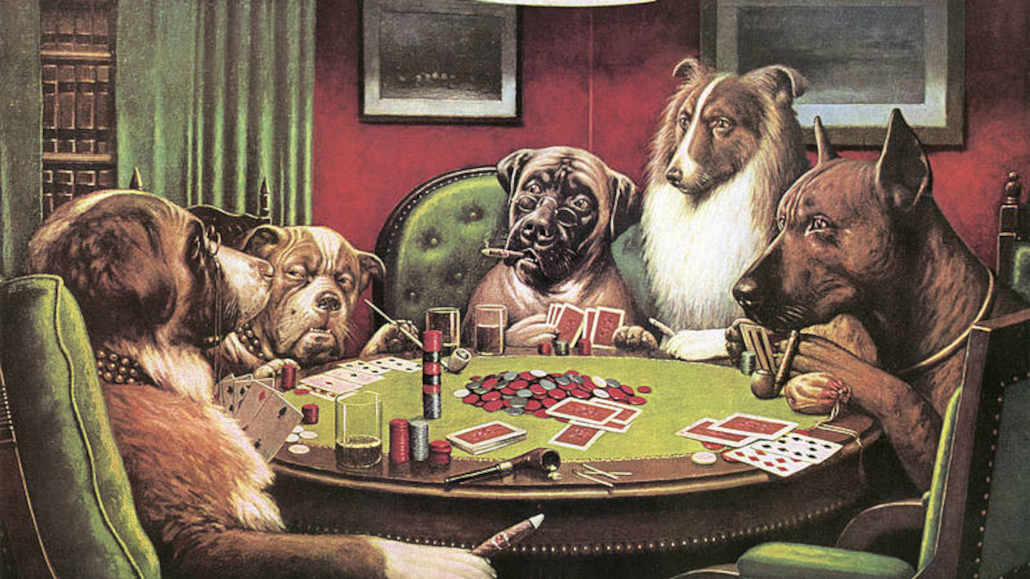Old Vegas Tales – What Was Old Las Vegas Like Back in the Day?
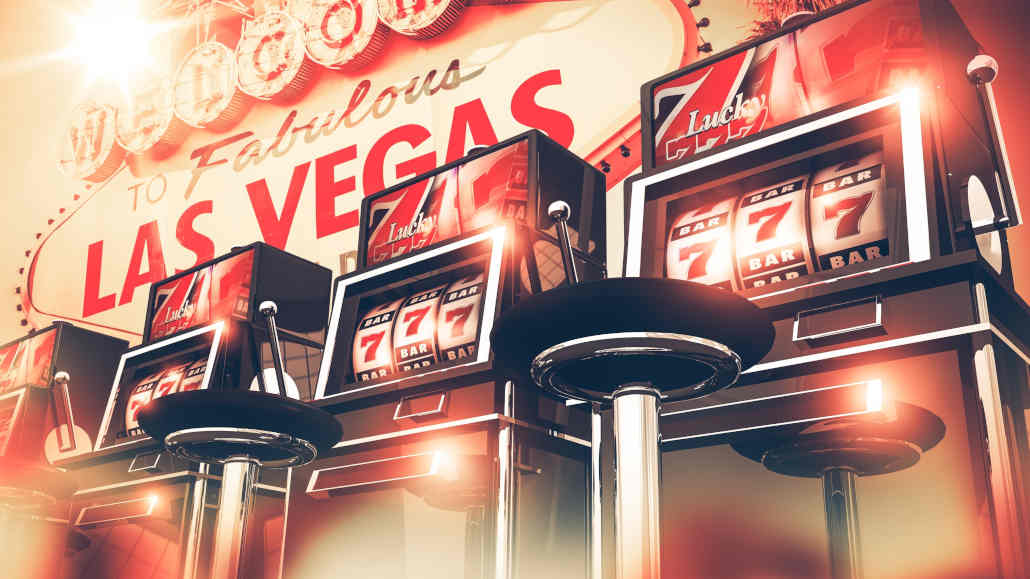
13 minutes
Last Updated: February 9, 2022
Old Vegas Tales – What Was Old Las Vegas Like Back in the Day?
Las Vegas has certainly come a long way in the last century or so. From a small desert railroad outpost in the Wild West era, the city became the gambling capital of the world and the desire of every passionate gambler.
Through popular culture, many of us know what Las Vegas is like nowadays and what it offers. But, how did Sin City look back in the day?
In this article, we’ll take a walk back down memory lane to see how Las Vegas evolved through the decades and what was life and gambling like during the city’s history.
From its early period to the golden years in the mid-20th century up to today, we’ll take a closer look at how Las Vegas looked in the past.
Sin City’s Beginnings (The Early 1900s)
Las Vegas was founded in 1905. This is also the year when Fremont Street, the city’s first gambling street, was paved. This was the original old downtown Las Vegas.
However, at the time, Las Vegas was very far away from the glitzy and glamorous gambling city we know it as today. More precisely, it was just a dirty small outpost in the middle of nowhere.
When it was established, Las Vegas had just a few hundred people. Without much to do, the local population quickly resorted to gambling as a great way to pass the time in the unforgiving desert.
In 1906, just a year after the city was founded, the first casino opened its doors to the local population and weary travelers. This was the famous Hotel Nevada, now known as the legendary Golden Nugget.
That said, the problem with gambling at the time was that it was strictly prohibited. Officially a hotel and not a gambling house, Hotel Nevada regularly hosted casino games without the knowledge of the authorities.
Unfortunately for gambling enthusiasts, this didn’t last long, as the nationwide ban on gambling in 1910 outlawed virtually all gambling games.
Moreover, less than a decade later, the constitutional ban marked by Prohibition further hindered the city’s prospects.
During this period, things were bleak in the city, as Las Vegas was reverted to being an insignificant city without much to offer. Luckily, things were about to change drastically at the start of the 1930s.
Creating Its Reputation (The 1930s)
1931 was a key year in Las Vegas’s history. After the tumultuous years of Prohibition, Las Vegas finally saw a glimpse of light when the state of Nevada received six gambling licenses.
One of these went to the old Las Vegas Strip, the famous Fremont Street. The first Las Vegas casino to receive this license was the Northern Club.
Moreover, as Prohibition was repealed in 1933, legalized drinking perfectly complemented the gambling activities in the first casinos in the state of Nevada.
It didn’t take much time for the old Vegas Strip to start shaping into the most popular part of the city. Soon after, Fremont Street became the first street to get paved and receive a traffic light. Showgirl theaters started opening their doors.
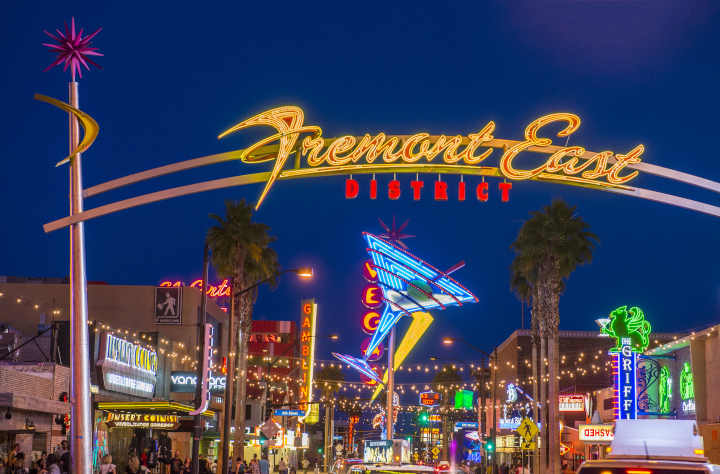
While the 1930s might not be the most successful era in Las Vegas history, they were instrumental in paving the way for the city’s rapid growth.
Neon signs started popping up on every corner, earning Fremont Street the nickname “Glitter Gulch”. This trend continued throughout the several following decades and played an important part in shaping the city’s recognizable look
The Emergence of The Strip (The 1940s)
The success and massive popularization the city experienced in the previous decade spilled into the 1940s as well. By this time, the city’s reputation began growing closer to what we recognize Las Vegas as today.
In 1940, Las Vegas’ population was just around eight thousand. But, just several years into the new decade, it nearly tripled.
As the war restrictions were lifted after the end of World War II in 1945, Las Vegas became a major tourist attraction for people from all over the country. During this period, the famous new Las Vegas Strip came into prominence.
Many people credit famous mobster Benjamin Bugsy Siegel as the creator of the first Las Vegas Strip resort. While this is historically inaccurate, Bugsy Siegel’s opening of the Flamingo in 1946 established the beginning of a new era in Las Vegas.
This was an era of close ties between gambling and mobsters in the city.
Moreover, Flamingo’s opening was followed by great media attention. Bugsy Siegel invited many famous actors and entertainers.
Even many of his friends from the underground were present. The opening was headlined by the then super popular musician Xavier Cugat.
During this period, dozens of casino properties popped up in Las Vegas and all over Nevada. Many of these were directly owned by mobsters or had close ties with the underground.
The popularity of The Strip directly affected many other nearby locations in Nevada, as casinos and resorts started opening in Reno and near Lake Tahoe.
In 1947, shortly after the establishment of the first resorts on the Strip, Bugsy Siegel was assassinated. However, the close ties between casinos and mobsters prevailed into the following decade.
The Boom of Old Vegas (The Early to Mid 1950s)
This period is widely considered the defining era of Las Vegas. It was also the period that saw the complete integration of superstar entertainers into the casino culture.
Musicians like Frank Sinatra, Dean Martin, and Sammy Davis Jr. attracted thousands of people for every show. By 1954, over eight million people were visiting the city every year. This equaled a profit of over $200 million for casinos.
The old Las Vegas Strip became a hotspot for everyone looking for wild and exotic entertainment that lasts all throughout the night.
The city became an entertainment center that transcended just gambling. With many businesses, shopping centers, and other venues opening all around the city, Las Vegas offered a bit of everything to everyone.
In 1956, the impressively tall Fremont Hotel and Casino opened in the old town Vegas part, on Fremont Street. It was the tallest building in the city for several years.
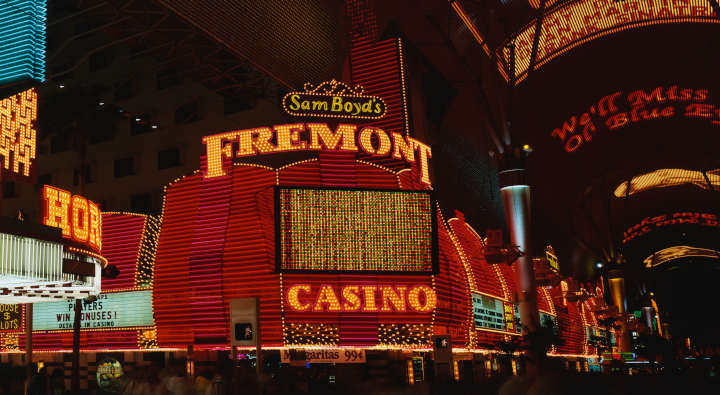
Soon after, other iconic Vegas hotels started opening, most notably the Stardust Casino.
Gambling pool parties, exclusive shows in first-class showrooms, and mob-supported casinos were in full swing during the 1950s. Even prostitution, which was banned in Nevada, was heavily present on the old Las Vegas Strip.
With a no-holds-barred atmosphere, Vegas was certainly the place where you could meet all of your desires.
That said, as the deviant behavior became more rampant, the government put more effort into tightening its grip on the city and pushing the mobsters out of the picture.
Welcome to Fabulous Las Vegas (The Late 1950s – The Early 1960s)
We took 1959 as the start of this Vegas era because this year marks the establishment of one iconic piece of Vegas architecture.
In May 1959, the “Welcome to Fabulous Las Vegas” sign was erected on Las Vegas Boulevard. Standing 25 feet tall (7.6 meters) this sign was ordered by a local Las Vegas businessman at the time who wanted to give the city a notable trademark.
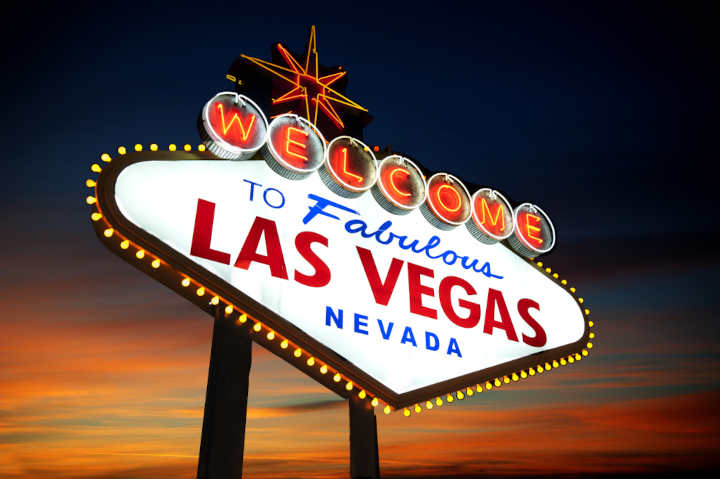
The Welcome to Fabulous Las Vegas sign became one of the most recognizable icons of the city. It was featured in countless Las Vegas gambling movies.
Moreover, the sign was so popular and influential that several replicas have been made and placed all around the city.
By 1960, the city’s population grew to over 64,000 inhabitants. In the early 1960s, many of the city’s most famous casinos were opened. Some of the biggest names include Caesars Palace, Circus Circus, and Aladdin.
These were also the years during which The Strip slowly pushed Fremont Street out of the spotlight and took the main stage as Las Vegas’ prime gambling location.
Shifting of the Business Tides (The Late 1960s)
During the 1960s, the city also saw the establishment of the first mega-casinos. Famous businessman, inventor, and philanthropist Howard Hughes was one of the first major investors in the city in this era.
He first bought the Desert Inn in the mid-1960s and several other casino resorts soon after.
In fact, at one moment, Hughes controlled one-third of the total revenue in the city and planned to buy other casinos as well, before the US Justice Department issued a monopoly lawsuit against him.
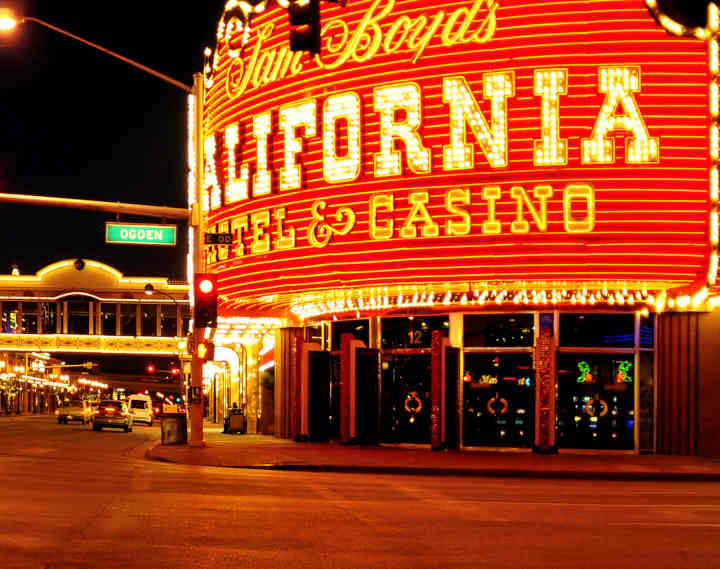
Hughes’ investments played a large part in ushering in a new era. Mob influence was waning as corporate conglomerates, and large businesses started buying up hotels and casinos in the city.
Coupled with the government’s efforts to crack down on crime in Las Vegas, the city transformed from a mob-held hub to a well-organized metropolis where corporate-owned casinos had the last word.
During the 60s, Las Vegas was the clear and undisputed gambling capital of the world. Casinos were opening on every corner, and gambling was treated as serious business, with heavy regulation.
This super-successful decade in the city ended with an equally bombastic move. In 1969, Kirk Kerkorian opened the world’s biggest hotel and casino at the time, the International.
Moreover, he landed one of the biggest stars in the entertainment world, Elvis Presley.
A superstar singer and actor, Elvis Presley became a featured headliner of the International. This move established Elvis as a Las Vegas icon and an entertainer that’s closely tied with this part
A Serious Industry (The Early 1970s – The Late 1980s)
By the mid-1970s, the gambling industry in Las Vegas grew to such an extent that it directly provided almost fifty percent of the state’s total income.
Although supersized casino resorts were no new thing by this time, the 1970s and the 1980s saw significant development on this front. Casinos like the MGM Grand, Imperial Palace, and Barbary Coast started operating.
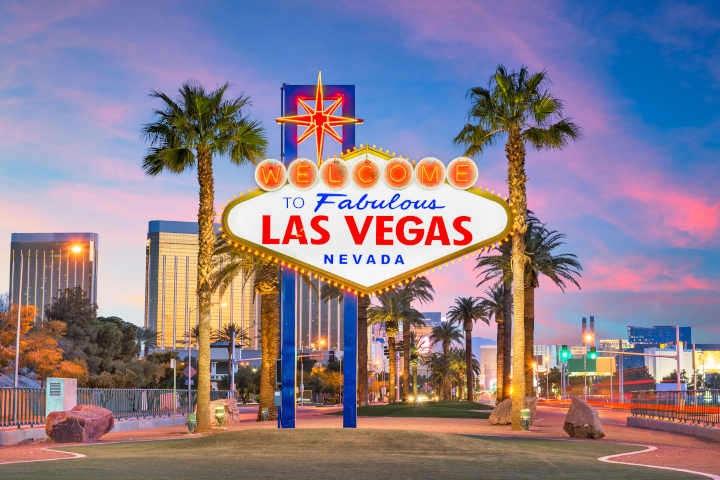
When the late 1970s came about, Nevada was the fastest-growing state in the US, all thanks to the gambling tax revenue that came from Las Vegas.
The population also grew extremely rapidly, at a rate of over three thousand inhabitants every month.
That said, life wasn’t all great in Las Vegas, especially in the 1980s. This is because, during this period, gambling was legalized on the East Coast, making Atlantic City a new gambling city and a potential threat to Las Vegas’ supremacy.
After having the monopoly for over 45 years, Las Vegas suddenly had a competitor.
However, these concerns were quickly dispelled, especially after the opening of the most impressive casino in the world in 1989. With much fanfare and global attention, Steve Wynn opened The Mirage mega-resort.
The Mirage was truly an architectural wonder at the time of its opening. It had an elegant exterior with waterfalls and a manmade volcano as its centerpiece. The indoor area contained a white tiger habitat and a massive aquarium.
The Mirage was the first mega-casino to offer the full resort experience, creating an illusion of a South Pacific paradise for its guests.
Modern Vegas (The 1990s – Present)
The last era we’ll go over started in the mid-1990s and arguably still lasts nowadays. The last three decades have been marked by the openings of some of the world’s most luxurious casinos.
The Bellagio, Venetian, Palazzo, Encore, and Wynn opened during this last period.
Since the 1990s, the prevailing theme of many newly-opened Las Vegas casinos was luxurious high-end gambling.
Many casinos expanded their venues, adding expensive shops, spas, nightclubs, and restaurants that became a part of the Vegas experience at the time.
Outside of gambling, attractions like the High Roller Ferris Wheel and the LINQ Promenade broke ground during this period. One of Vegas’ most popular attractions nowadays, the Stratosphere SkyJump, was also introduced in this era.
Still, while old Las Vegas carries some memorable and legendary stories, the city still continues to look into the future.
Las Vegas is always evolving, adding more attractions, casinos, and entertainment venues. Hopefully, just like old Vegas marked one of the most significant eras in US history, new Vegas will do the same in the decades to come.





